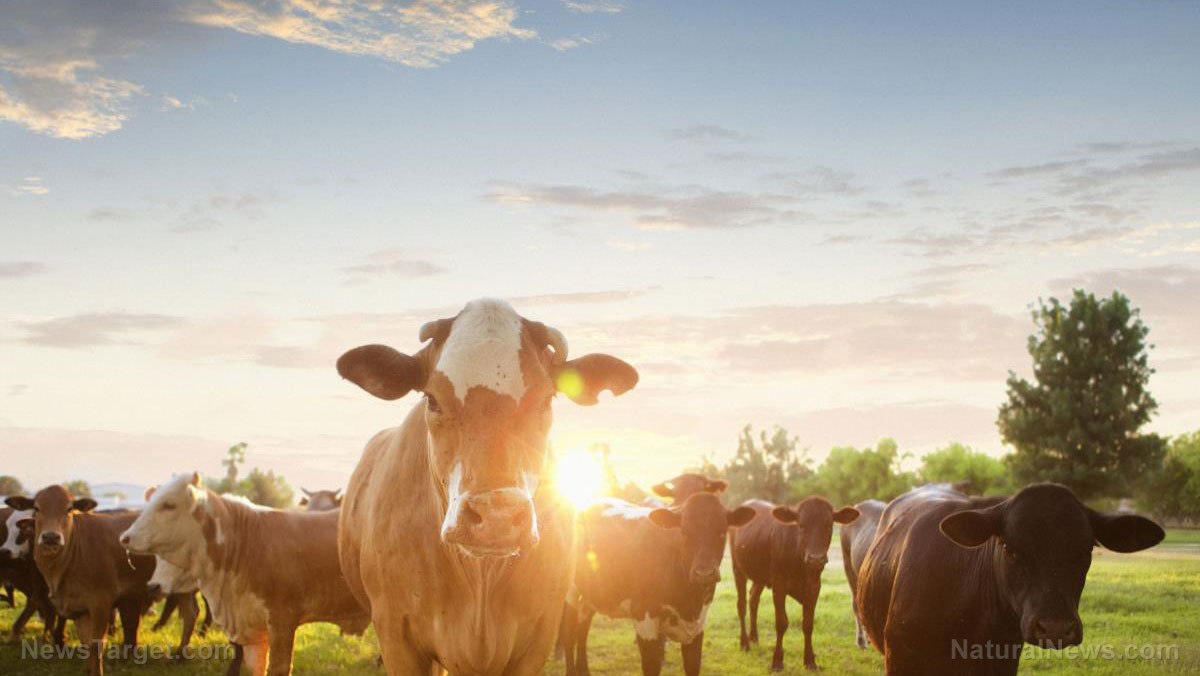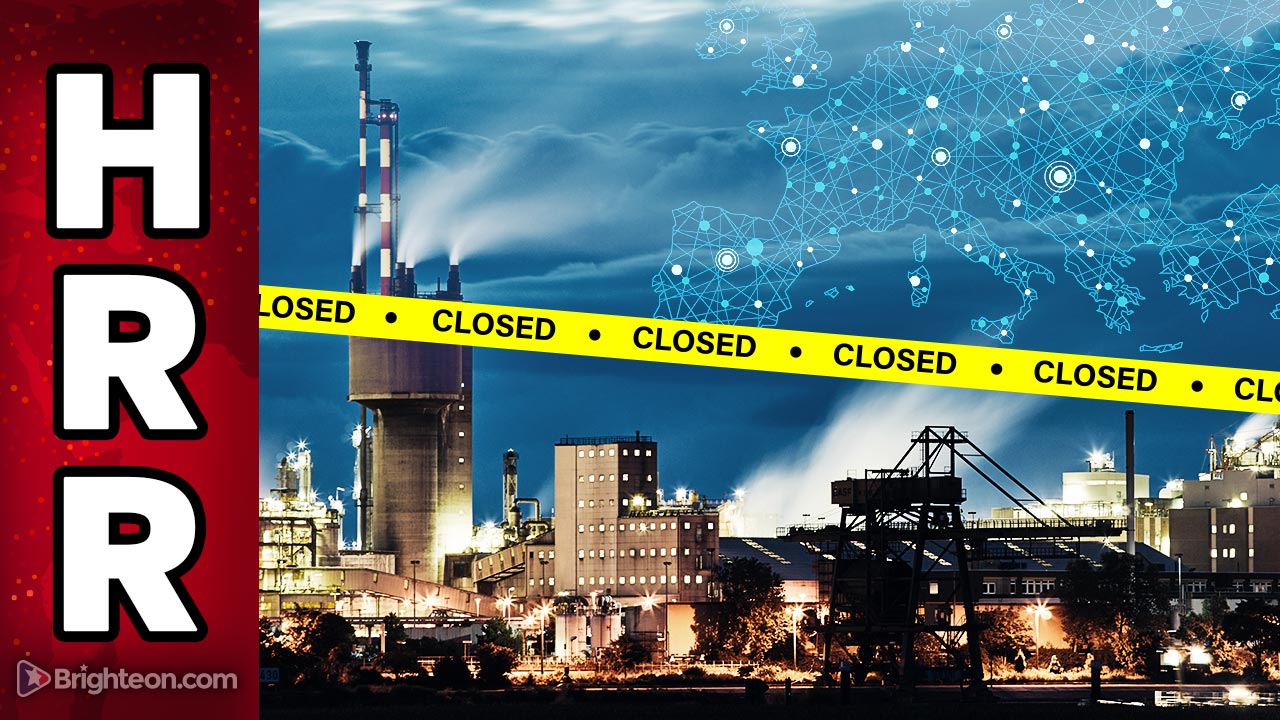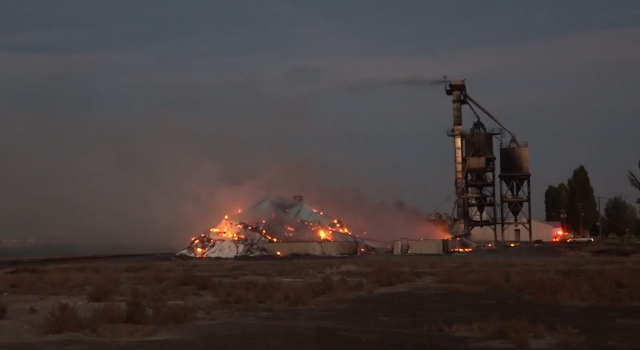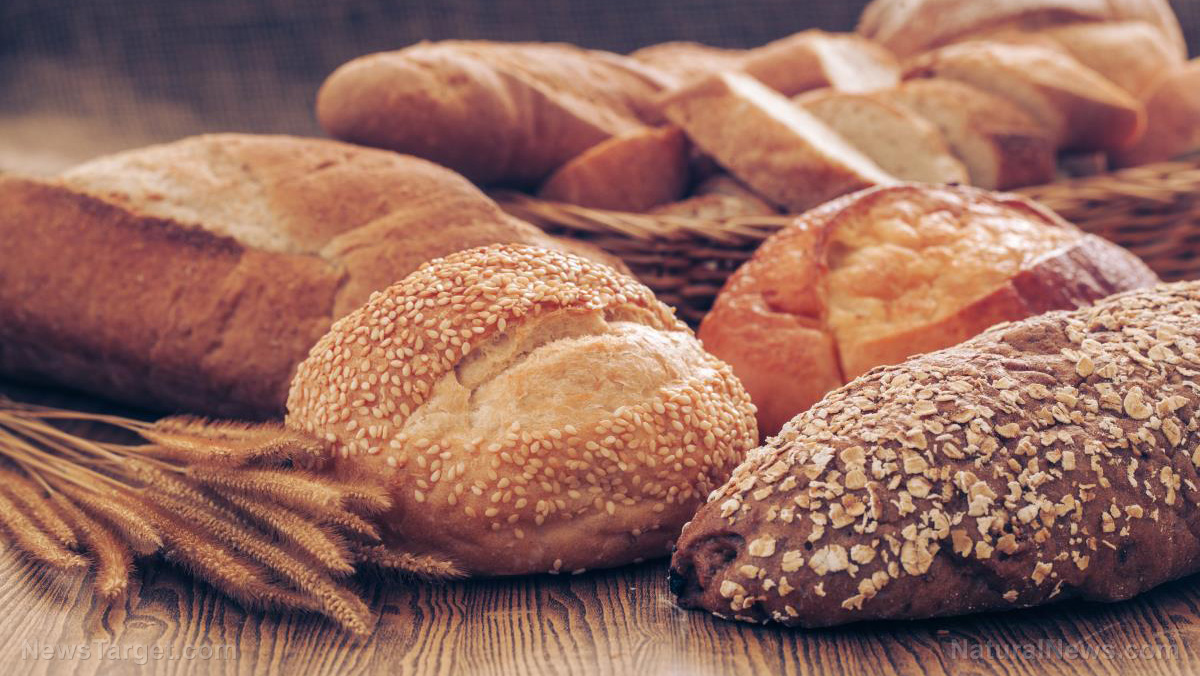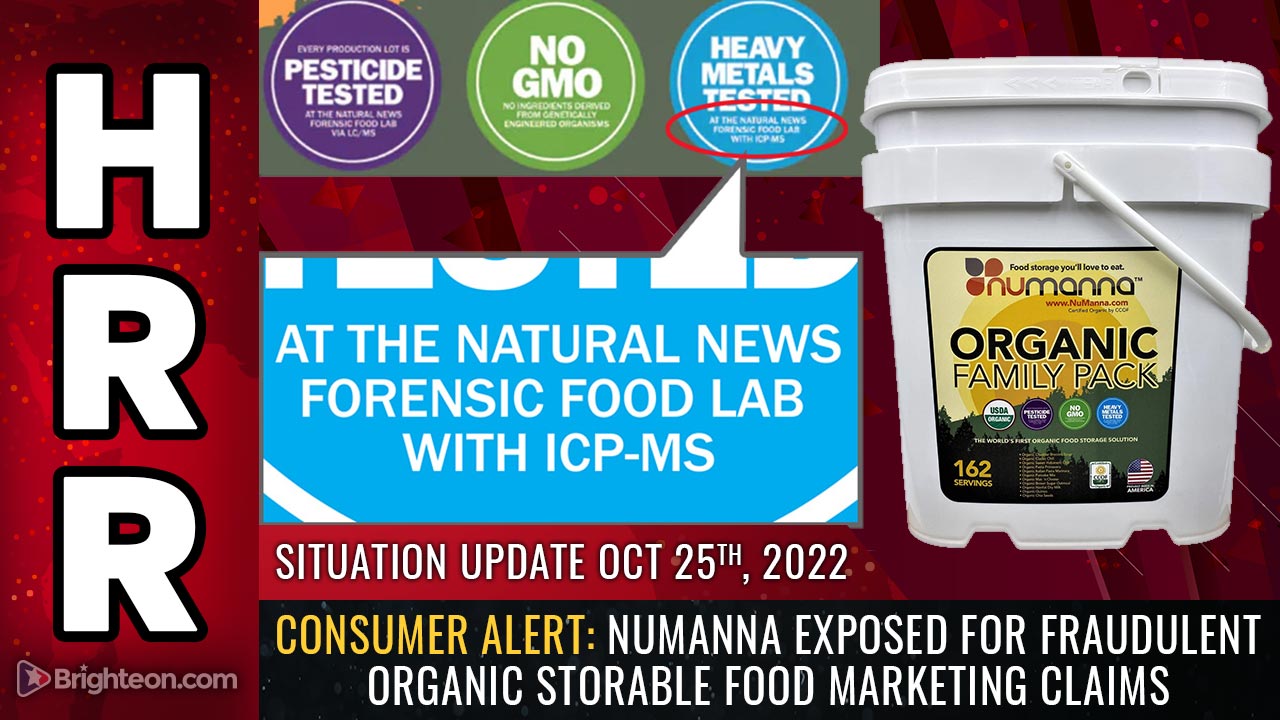Rising U.S. nitrogen exports to Europe create domestic scarcity for American farmers
10/29/2022 / By Cassie B.

The sharp increase in U.S. nitrogen exports to address Europe’s fertilizer shortage could have a big impact on American farmers and end up creating a shortage at home, experts are warning.
When the surging prices for natural gas in Europe pushed the prices of producing nitrogen for fertilizers there through the roof this summer, American exports jumped. With Russia still under financial sanctions, Europe has found itself without a major producer of natural gas and fertilizer.
As a result of these tight fertilizer supplies, crop nutrient prices have climbed so much around the world that the United Nations has warned there could be a “future crisis” of availability. Some companies in Europe have already closed fertilizer plants as a result of the high prices.
Total exports from the U.S. at the end of August reached 370,000 short tons of nutrient, which was more than twice the total recorded at the same time last year and the highest monthly total since The Fertilizer Institute started tracking this data in 2013.
As a result, European buyers have been outbidding domestic buyers in the U.S. and several other exporting countries, such as Malaysia and Indonesia. The surge in exports doesn’t seem to be affecting supply so far, with the American nitrogen fertilizer supply reportedly at its second-highest level in the last decade in June. Figures for July and August aren’t yet available, but with the U.S. historically being a small exporter, it is reasonable to expect American farmers to struggle to obtain fertilizer should the trend continue.
Iowa farmer Dave Nelson told Reuters that his fertilizer costs have gone from $350 per ton two years ago to $1,280 a ton this year. He said he decided to lock in that price this fall to facilitate his budget calculations for next year.
Nelson, who grows soybeans and corn, said: “I might as well do it because (price) is only going to go higher. If you start skimping on fertilizer… you just end up hurting yourself in the end.”
France, Norway, Lithuania and Belgium are the countries that have noted the biggest year-over-year rises in American fertilizer purchases, but it’s not just Europe that is increasing its buying; Chile, Brazil and Morocco have also notched up some big increases.
Food shortages are a growing concern
Although nitrogen prices eased slightly in the EU earlier this month as natural gas prices started to let up, European farmers have struggled to stock up on enough fertilizer to prepare for the planting season next spring on account of the tight supply and higher prices.
Therefore, it is expected to be the second growing season in which farmers will produce less food. This comes at a time when there is already a food shortage that is becoming so severe that the UN has warned it could cause a major global famine.
Li Qingyan of the China Institute of International Studies explained: “All countries in South Asia are developing countries. Agriculture is a major driver in their economies and fertilizers have been a necessity to guarantee crop yields. Without fertilizers, they can hardly feed themselves.”
The number of people who are affected by hunger around the world hit 828 million last year, a rise of 150 million from the beginning of the pandemic. Soaring food prices, regional conflicts, international tensions and extreme weather are all contributing to global food security issues.
Food insecurity is already impacting Americans. A recent survey found that nearly one in five Americans have skipped meals or not bought groceries as a result of high inflation, while two in five households have received food from a food bank in the past year.
Sources for this article include:
Submit a correction >>
Tagged Under:
Collapse, crops, fertilizer, fertilizer exports, food, food collapse, food security, food supply, harvest, hunger, Inflation, Nitrogen, rationing, scarcity, starvation, supply chain, world agriculture
This article may contain statements that reflect the opinion of the author
RECENT NEWS & ARTICLES
COPYRIGHT © 2017 FOOD COLLAPSE

